Climate Change Or Environmental Change – A Shift In Perspective
Environmental change is often portrayed as a singular threat, a cascade of disasters that destabilize ecosystems, economies, and communities. But this framing, while urgent, can obscure the complexity of ecological transformation. Not all change is uniformly destructive. Some shifts prompt adaptation, innovation, and even renewal. The question is not whether climate change is bad—it’s whether every aspect of it is inherently negative, or whether some outcomes challenge us to evolve.

Environmental Change – The Good And The Bad
Environmental change is not a binary phenomenon. It unfolds across gradients of impact, intention, and interpretation. While many shifts are undeniably harmful—driven by anthropogenic emissions, deforestation, and resource extraction—others prompt adaptation, innovation, and ecological renewal. This section explores both sides, not to neutralize the urgency, but to illuminate the full spectrum of consequences.
The “bad” often dominates headlines: rising temperatures, species extinction, sea level rise, and extreme weather events. These outcomes threaten lives, livelihoods, and ecosystems. They destabilize food systems, displace communities, and erode biodiversity. But alongside these disruptions, there are emergent “goods”—not in the sense of celebration, but in the sense of transformation. Climate stress has accelerated renewable energy adoption, urban redesign, regenerative agriculture, and cross-cultural collaboration.
The table below breaks down key domains of environmental change, contrasting their negative impacts with adaptive or beneficial responses. Each row represents a tension point—where harm and hope coexist.
| Domain | Negative Impacts | Adaptive Or Beneficial Responses |
|---|---|---|
| Global temperatures | Heatwaves, droughts, crop failure, increased mortality | Reduced winter deaths, longer growing seasons, improved solar efficiency |
| Sea level rise | Coastal flooding, saltwater intrusion, displacement of communities | Floating architecture, mangrove restoration, elevated infrastructure |
| Biodiversity | Species extinction, habitat loss, disrupted food webs | Urban wildlife adaptation, conservation corridors, assisted migration |
| Air quality | Respiratory illness, smog, wildfire smoke | Emission regulations, electric vehicles, clean energy transition |
| Agriculture | Soil degradation, unpredictable seasons, water scarcity | Drought-resistant crops, vertical farming, regenerative practices |
| Forests | Wildfires, carbon release, loss of canopy cover | Indigenous fire management, reforestation, agroforestry |
| Oceans | Acidification, coral bleaching, fish migration | Marine protected areas, reef restoration, sustainable aquaculture |
| Urban infrastructure | Heat islands, flooding, energy strain | Green roofs, sponge cities, passive cooling design |
| Migration | Displacement, resource strain, cultural disruption | Diaspora networks, inclusive planning, cultural exchange |
| Mental health | Eco-anxiety, trauma from disasters, displacement stress | Nature-based therapy, youth activism, community resilience programs |
| Science and innovation | Crisis-driven urgency, uneven funding | Breakthroughs in genetics, satellite monitoring, international collaboration |
| Ethics and equity | Disproportionate burden on vulnerable groups, historical injustice | Climate justice frameworks, reparations, inclusive policy design |
| Symbolism and culture | Loss of sacred landscapes, grief over ecological collapse | Artistic mobilization, storytelling, reframing of climate narratives |
Environmental change is not a single story. It’s a layered narrative of loss, adaptation, and possibility. The “bad” demands urgent mitigation. The “good” demands thoughtful amplification. Together, they form the symbolic terrain on which our future will be built.
Global Warming – Heatwaves And Human Health
Rising global temperatures are among the most visible and measurable effects of climate change. Heatwaves have become longer, more intense, and more frequent, especially in densely populated urban areas. These events strain public health systems, increase mortality rates, and disproportionately affect the elderly, children, and those with pre-existing conditions. The urban heat island effect—where cities retain more heat due to concrete and asphalt—exacerbates these risks, making heatwaves not just a seasonal inconvenience but a public health emergency.
Yet warmer winters in some regions have led to a reduction in cold-related deaths. In parts of Europe and North America, milder winters mean fewer cases of hypothermia and less strain on heating infrastructure. Agricultural zones in temperate regions are experiencing longer growing seasons, allowing for multiple harvests and increased food production. Solar energy systems also perform more efficiently in warmer climates, potentially accelerating the transition to renewable energy.
The challenge lies in managing extremes rather than averages. While some regions may benefit from moderate warming, others face existential threats. The key is to differentiate between harmful volatility and manageable shifts—and to design systems that protect the vulnerable while leveraging new opportunities.
| Impact Type | Negative Effects | Potential Benefits |
|---|---|---|
| Heatwaves | Increased mortality | Reduced winter deaths |
| Urban temperatures | Infrastructure stress | Solar energy efficiency |
| Crop cycles | Drought and heat stress | Faster growth in temperate zones |
Sea Level Rise – Coastal Risk And Resilience
Sea level rise is one of the most tangible consequences of climate change, driven by melting glaciers and the thermal expansion of warming oceans. Coastal cities and low-lying nations face increasing threats from flooding, erosion, and saltwater intrusion. Infrastructure built decades ago is now vulnerable to tides that routinely breach historical boundaries. In places like Miami, Jakarta, and Dhaka, the cost of adaptation is mounting, and entire communities are being displaced.
However, sea level rise has also catalyzed innovation in coastal architecture and planning. Floating neighborhoods in the Netherlands, elevated housing in Bangladesh, and mangrove restoration in Pacific Island nations demonstrate how communities are responding with creativity and resilience. These adaptations are not merely reactive—they represent a shift in how humans relate to water, land, and risk. In some cases, they even improve biodiversity and local economies.
The broader question is whether these adaptations can scale fast enough to match the pace of change. Sea level rise is not uniform; it varies by region due to ocean currents, land subsidence, and ice melt patterns. Understanding these nuances is critical to designing effective responses. The challenge is not just technical—it’s cultural, economic, and symbolic.
| Region | Risk Level | Adaptive Strategy |
|---|---|---|
| Pacific Islands | High | Mangrove buffers |
| Netherlands | Moderate | Floating neighborhoods |
| Bangladesh | High | Raised homes and embankments |
Air Quality – Pollution And Policy Shifts
Air quality is deeply intertwined with climate dynamics. Rising temperatures intensify ground-level ozone formation, while drier conditions increase the frequency and severity of wildfires. These factors contribute to respiratory illnesses, cardiovascular stress, and premature death. Urban centers with high vehicle emissions and industrial activity are particularly affected, creating zones of chronic pollution that disproportionately impact low-income communities.
Yet climate awareness has accelerated policy shifts toward cleaner air. The rise of electric vehicles, stricter emissions standards, and investment in public transit are reducing pollution in many cities. Renewable energy adoption also plays a role, replacing coal and gas with wind and solar. These changes are not just environmental—they’re public health interventions.
The relationship between climate and air quality is reciprocal. Poor air quality exacerbates climate change through particulate matter and black carbon, while climate change worsens air quality through feedback loops. Addressing one often helps the other. The key is integrated policy that treats air, energy, and health as part of a single system.
| Source Of Pollution | Climate Link | Mitigation Trend |
|---|---|---|
| Fossil fuels | Greenhouse gases | EVs and renewables |
| Wildfires | Drier conditions | Forest management |
| Urban transport | Heat amplifies smog | Public transit expansion |
Biodiversity – Loss And Shifts In Species
Climate change is accelerating biodiversity loss at an unprecedented rate. Shifting temperatures, altered rainfall patterns, and habitat fragmentation are pushing species beyond their adaptive limits. Coral reefs bleach under thermal stress, amphibians succumb to fungal diseases exacerbated by climate shifts, and pollinators lose access to synchronized flowering cycles. These losses ripple through ecosystems, affecting food webs, nutrient cycles, and human livelihoods.
Yet not all species are vanishing. Some are migrating, adapting, or even thriving in new conditions. Urban environments are seeing an increase in adaptable species like foxes, raccoons, and certain birds. Conservation strategies are evolving to support dynamic ecosystems rather than static preservation. Wildlife corridors, assisted migration, and genetic diversity programs are part of this shift.
The challenge is to distinguish between ecological transformation and collapse. Biodiversity is not just about numbers—it’s about relationships, resilience, and function. Protecting it requires more than fences and reserves; it demands a rethinking of land use, agriculture, and urban planning. It also requires cultural shifts in how humans value non-human life.
| Species Group | Threat Level | Adaptive Response |
|---|---|---|
| Amphibians | High | Relocation and breeding |
| Pollinators | Moderate | Urban gardens and corridors |
| Marine life | High | Protected zones and cooling |
Agriculture – Stress And Innovation
Agriculture is both a victim and a contributor to climate change. Droughts, floods, and shifting seasons disrupt planting cycles, reduce yields, and degrade soil health. Farmers face increasing uncertainty, with traditional knowledge often mismatched to new conditions. In regions dependent on rain-fed agriculture, climate volatility threatens food security and economic stability.
Yet climate stress is driving innovation. Drought-resistant crops, vertical farming, and regenerative practices are gaining traction. Technologies like precision irrigation, soil sensors, and climate forecasting are helping farmers adapt. In some cases, climate change is expanding the range of viable crops, allowing diversification and new market opportunities.
The future of agriculture lies in resilience, not just productivity. Regenerative farming—focused on soil health, biodiversity, and carbon sequestration—is emerging as a counter-narrative to industrial monoculture. These practices not only adapt to climate change but help mitigate it. The question is whether policy, finance, and consumer behavior will support this transition.
| Challenge | Climate Driver | Innovation Response |
|---|---|---|
| Drought | Reduced rainfall | Drought-tolerant varieties |
| Soil degradation | Heat and erosion | Cover crops and composting |
| Season shifts | Temperature change | Controlled-environment farms |
Glacial Retreat – Melting And Memory
Glaciers around the world are retreating at accelerating rates due to rising global temperatures. This phenomenon is most pronounced in regions like the Himalayas, the Andes, and the Alps, where ice loss affects freshwater availability for millions. Glacial melt contributes to sea level rise and alters river flows, impacting agriculture, hydropower, and drinking water supplies downstream.
Beyond the physical impacts, glacial retreat reveals previously inaccessible terrain. Scientists have uncovered ancient pollen, preserved ecosystems, and archaeological artifacts beneath the ice. These discoveries offer insights into past climates and human history, expanding our understanding of long-term environmental cycles.
The loss of glaciers also carries symbolic weight. For many Indigenous communities, glaciers are sacred entities tied to cultural identity and spiritual practice. Their disappearance represents not just environmental degradation but cultural erosion. The challenge is to preserve memory while adapting to new realities.
| Glacier Region | Impact Type | Revealed Insights |
|---|---|---|
| Himalayas | Water scarcity | Ancient pollen and fossils |
| Alps | Tourism disruption | Bronze Age artifacts |
| Antarctica | Sea level rise | Climate history in ice cores |

Forests – Fires And Regrowth
Forest ecosystems are increasingly affected by climate-driven wildfires. Rising temperatures, prolonged droughts, and shifting wind patterns contribute to more frequent and intense fires. These events destroy habitats, release stored carbon, and threaten human settlements. In regions like California, Australia, and Siberia, fire seasons are longer and more unpredictable.
Yet fire is also a natural part of many forest cycles. Some ecosystems, such as those dominated by eucalyptus or ponderosa pine, rely on periodic burns for regeneration. Indigenous fire management practices—such as cultural burning—are being reintroduced to reduce fuel loads and restore ecological balance.
Reforestation and afforestation efforts are expanding globally. Projects in Brazil, India, and China aim to restore degraded lands and sequester carbon. These initiatives vary in effectiveness depending on species selection, soil conditions, and community involvement. The future of forests depends on integrating fire ecology, conservation science, and local knowledge.
| Forest Type | Fire Risk | Regrowth Strategy |
|---|---|---|
| Boreal | High | Assisted regeneration |
| Temperate | Moderate | Controlled burns |
| Tropical | High | Agroforestry and corridors |
Urban Design – Climate Pressure And Innovation
Cities are on the front lines of climate change. Urban areas experience intensified heat due to the heat island effect, increased flooding from impervious surfaces, and infrastructure stress from extreme weather. These pressures challenge traditional planning models and expose vulnerabilities in housing, transport, and energy systems.
In response, urban design is evolving. Green roofs, permeable pavements, and passive cooling techniques are being integrated into new developments. Cities like Singapore, Copenhagen, and Melbourne are investing in nature-based solutions to manage stormwater and reduce heat. These designs not only mitigate climate impacts but improve livability and public health.
Smart city technologies are also playing a role. Sensors monitor air quality, energy use, and flood risk in real time, allowing for adaptive management. The intersection of climate science, architecture, and data analytics is reshaping how cities function. The goal is not just resilience but transformation.
| Urban Challenge | Climate Driver | Design Response |
|---|---|---|
| Heat islands | Rising temperatures | Reflective surfaces |
| Flooding | Intense rainfall | Sponge cities and wetlands |
| Energy demand | Cooling needs | Passive architecture |
Migration – Displacement And Opportunity
Climate change is a growing driver of human migration. Rising seas, prolonged droughts, and extreme weather events are displacing communities across the globe. According to the Internal Displacement Monitoring Centre, millions are forced to move each year due to climate-related factors. This trend is expected to intensify, especially in vulnerable regions like South Asia, Sub-Saharan Africa, and the Pacific Islands.
Migration poses challenges for host communities, including resource allocation, housing, and social integration. It also raises legal and ethical questions about refugee status and international responsibility. Climate migrants often fall outside traditional frameworks of protection, prompting calls for new legal definitions and support systems.
At the same time, migration can foster innovation and cultural exchange. Cities receiving climate migrants are adapting with inclusive planning, language support, and employment programs. Diaspora networks help maintain cultural ties and facilitate remittances. The movement of people is not just a crisis—it’s a catalyst for change.
| Migration Cause | Region Affected | Emerging Response |
|---|---|---|
| Flooding | South Asia | Elevated housing and planning |
| Drought | Sub-Saharan Africa | Water infrastructure |
| Sea level rise | Pacific Islands | Diaspora networks |
Oceans – Acidification And Adaptation
The world’s oceans absorb about a quarter of the carbon dioxide emitted by human activity. This process leads to ocean acidification, which reduces the availability of carbonate ions needed by shell-forming organisms like corals, oysters, and plankton. Acidification disrupts marine food webs and threatens fisheries that millions depend on for protein and income.
Coral bleaching is another consequence of warming seas. When water temperatures rise, corals expel the symbiotic algae that provide them with nutrients and color. Bleached reefs are more vulnerable to disease and collapse. This affects biodiversity, tourism, and coastal protection.
However, marine conservation efforts are expanding. Protected areas, reef restoration projects, and sustainable aquaculture are helping buffer ecosystems against climate stress. Innovations like algae-based pH stabilizers and autonomous underwater drones are enhancing monitoring and response. The ocean remains a critical frontier for climate adaptation.
| Ocean Issue | Climate Link | Adaptive Strategy |
|---|---|---|
| Acidification | CO₂ absorption | Algae buffers and monitoring |
| Coral bleaching | Heat stress | Reef restoration |
| Fish migration | Temperature change | Sustainable fisheries |
Mental Health – Anxiety And Action
Climate change is increasingly recognized as a psychological stressor. The uncertainty, scale, and visibility of environmental disruption contribute to a rise in eco-anxiety, particularly among younger generations. Studies from institutions like the American Psychological Association show that climate-related stress can manifest as chronic worry, grief, and feelings of helplessness. These effects are compounded by direct exposure to disasters such as wildfires, floods, and heatwaves.
However, mental health responses are evolving. Nature-based therapy, community resilience programs, and climate education initiatives are helping individuals process their emotions constructively. Activism itself can be therapeutic—engagement in climate solutions fosters agency and reduces isolation. Peer networks, especially among youth, are creating spaces for shared experience and emotional support.
The psychological dimension of climate change is not secondary—it’s central. Mental health affects decision-making, social cohesion, and long-term resilience. Addressing it requires integrating emotional intelligence into climate policy, education, and urban design. The goal is not just to reduce anxiety, but to transform it into meaningful action.
| Mental Impact | Climate Trigger | Support Strategy |
|---|---|---|
| Eco-anxiety | Media and forecasts | Peer networks and education |
| Trauma | Disasters | Counseling and recovery hubs |
| Displacement stress | Migration | Cultural integration programs |
Science – Crisis And Discovery
Climate change has accelerated scientific research across disciplines. Atmospheric monitoring, oceanography, genetics, and data modeling are evolving rapidly to meet the demands of a changing planet. Satellite systems now track ice melt, forest loss, and methane emissions with unprecedented precision. These tools inform policy, disaster response, and conservation strategies.
Genetic research is also advancing. Scientists are developing drought-resistant crops, heat-tolerant livestock, and disease-resilient trees. CRISPR technology allows for targeted adaptation, while synthetic biology explores new materials and energy sources. These innovations are not just reactive—they’re reshaping the boundaries of possibility.
International collaboration is a hallmark of climate science. Projects like the Intergovernmental Panel on Climate Change (IPCC) synthesize global data to guide decision-making. Open-source platforms and citizen science initiatives are democratizing knowledge. The crisis has become a crucible for discovery, pushing science toward integration, transparency, and urgency.
| Research Area | Climate Focus | Breakthrough Example |
|---|---|---|
| Satellite imaging | Global monitoring | Ice melt tracking |
| Genetics | Crop resilience | CRISPR drought resistance |
| Oceanography | Acidification | Autonomous underwater drones |

Ethics – Responsibility And Equity
Climate change raises profound ethical questions. Who bears responsibility for historical emissions? Who suffers most from current impacts? And who decides the path forward? Industrialized nations have contributed the majority of greenhouse gases, yet developing countries often face the harshest consequences. This imbalance fuels debates over climate justice, reparations, and global governance.
Vulnerable populations—Indigenous communities, low-income groups, and future generations—are frequently excluded from decision-making. Ethical climate policy must prioritize inclusion, transparency, and equity. Frameworks like the Paris Agreement attempt to balance national interests with global responsibility, but enforcement and funding remain uneven.
Ethics also intersects with technology. Geoengineering, carbon markets, and climate migration policies carry risks of exploitation and unintended consequences. The challenge is to align innovation with justice. Climate ethics is not abstract—it shapes laws, investments, and lives. It demands humility, accountability, and a long-term view.
| Ethical Concern | Climate Context | Emerging Response |
|---|---|---|
| Historical emissions | Industrial nations | Reparations and funding |
| Vulnerable groups | Disproportionate impact | Inclusive policy design |
| Future generations | Long-term effects | Intergenerational dialogue |
Symbolism – Meaning And Mobilization
Climate change is not just a scientific or political issue—it’s symbolic. It reflects humanity’s relationship with nature, time, and each other. The melting of glaciers, the bleaching of reefs, and the migration of species evoke loss, transformation, and urgency. These symbols shape public perception and emotional engagement.
Artists, educators, and storytellers are reframing the climate narrative. Murals, music, documentaries, and literature are helping people connect emotionally to abstract data. Indigenous storytelling traditions offer frameworks of interdependence and stewardship. These cultural expressions are not peripheral—they’re central to mobilization.
Symbolism also influences policy and behavior. Visual metaphors like “carbon footprint” or “tipping point” guide public discourse. Campaigns that use compelling imagery and language are more effective at driving change. The climate story is still being written—and its symbols will determine who listens, who acts, and who belongs.
| Symbolic Theme | Climate Connection | Cultural Expression |
|---|---|---|
| Renewal | Regrowth after fire | Art and poetry |
| Interdependence | Ecosystem balance | Indigenous storytelling |
| Urgency | Tipping points | Climate murals and music |
Conclusion – Complexity And Possibility
Not all environmental or climate change is bad. Much of it is devastating, especially when driven by unchecked emissions and systemic neglect. But within crisis lies adaptation, innovation, and meaning. The challenge is not to deny harm—but to recognize complexity and act with clarity.
Environmental change is not a monolith. It includes loss and renewal, displacement and discovery, anxiety and agency. The question is not whether change is happening—it’s how we respond. Do we retreat into fear, or do we build systems that are resilient, inclusive, and imaginative?
The goal is not to simplify, but to deepen understanding. Climate change is a mirror. It reflects our systems, values, and choices. Let’s respond not just with urgency, but with creativity, ethics, and solidarity.
Join The Discussion – What Do You See Changing
What shifts have you noticed in your community, your work, or your emotions? Are there local adaptations worth celebrating—or urgent risks needing attention?

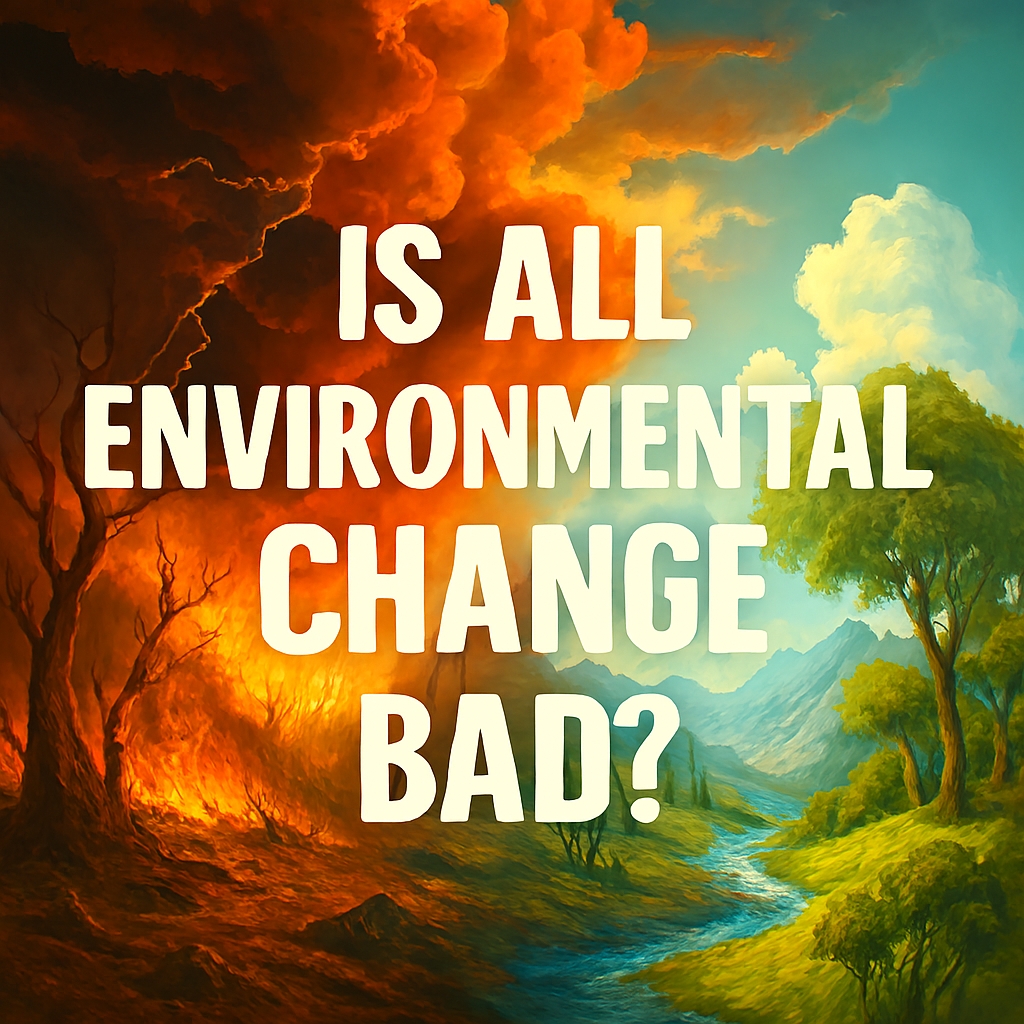




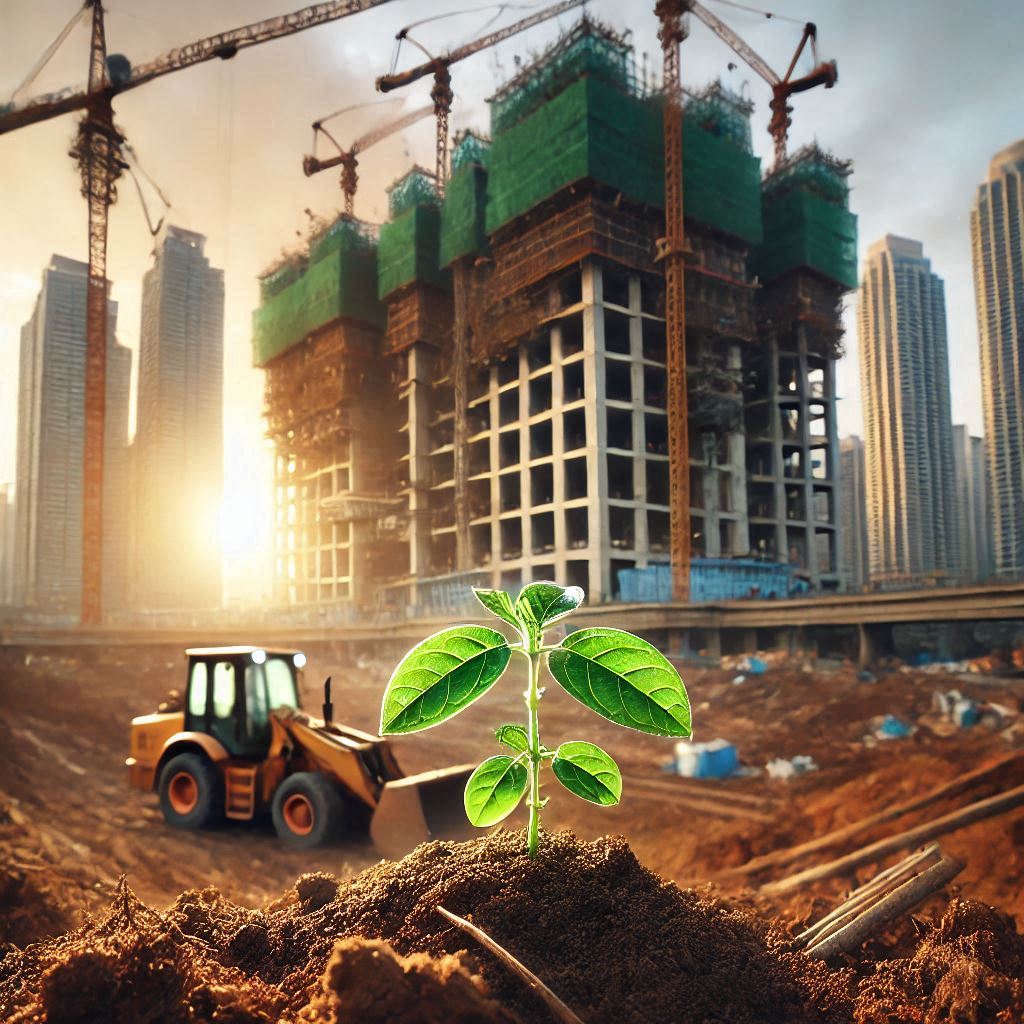






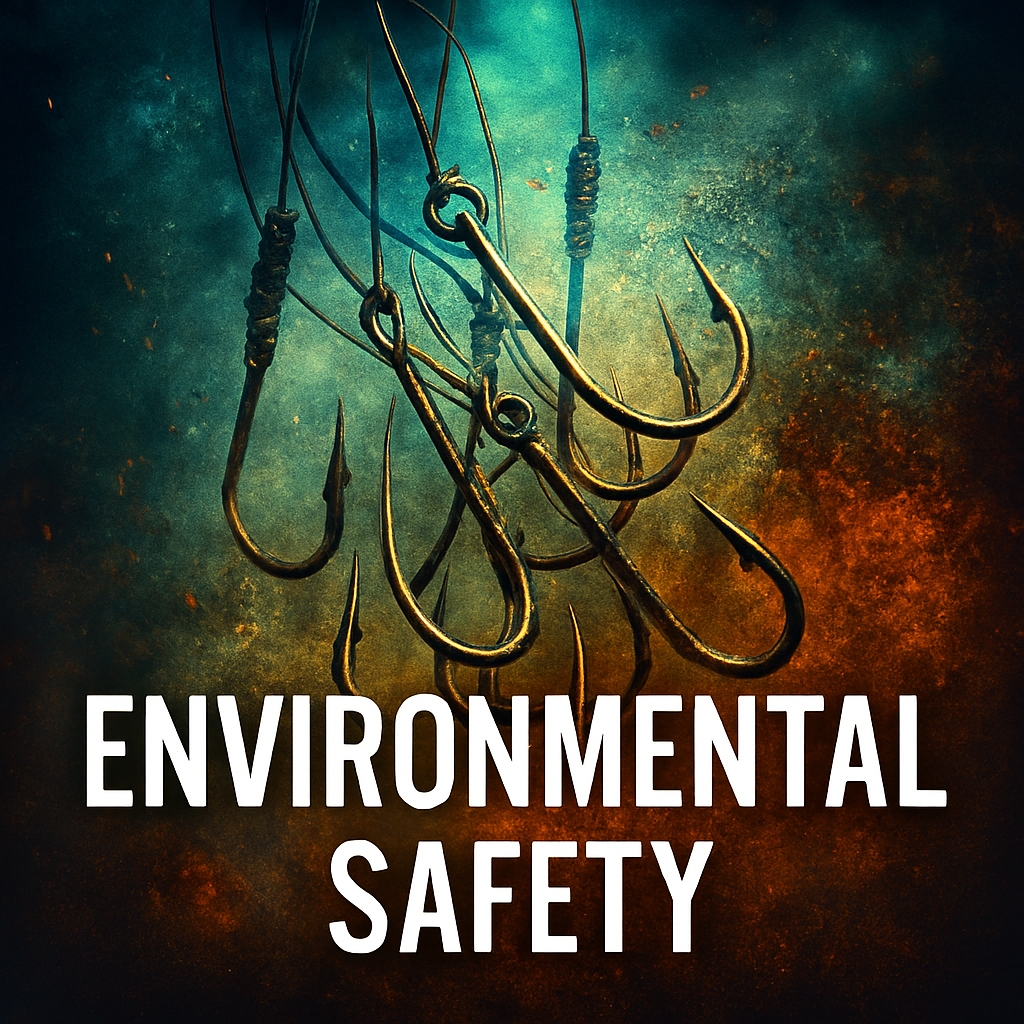
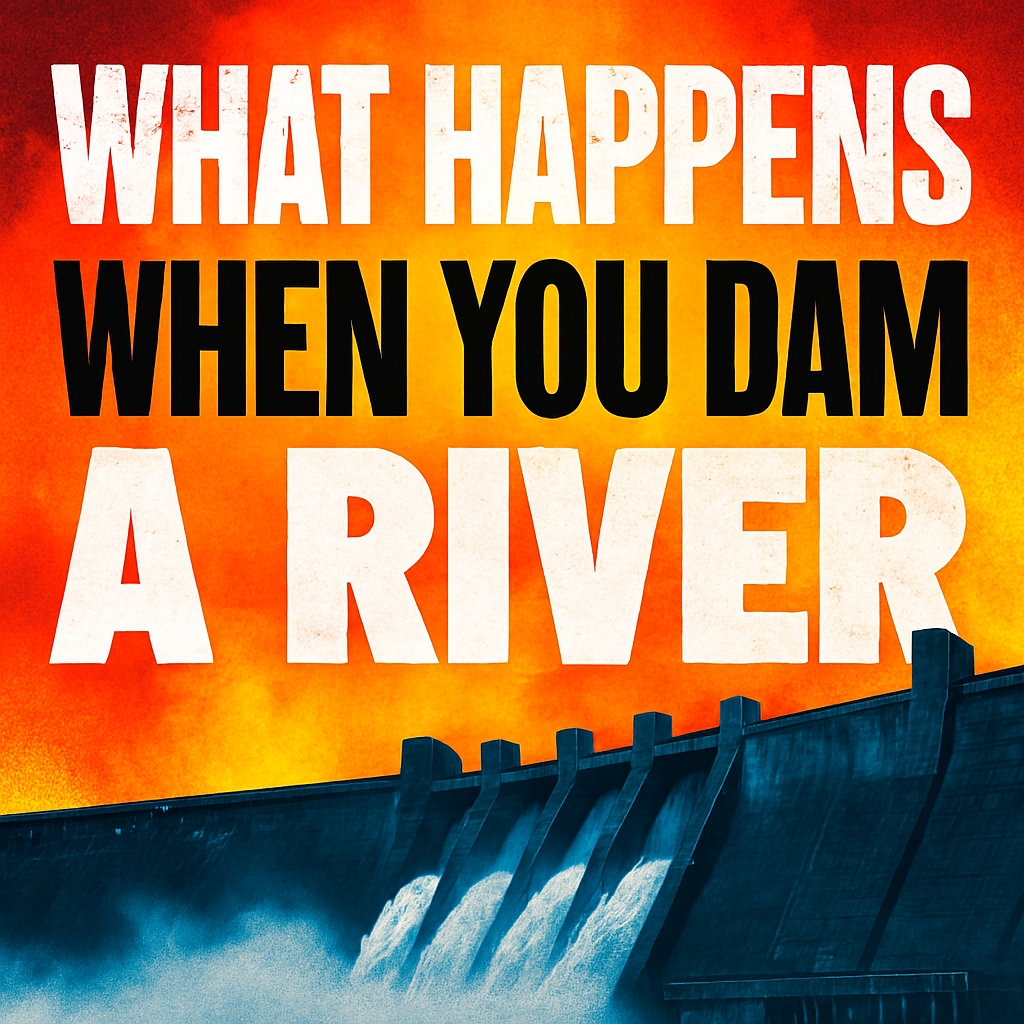

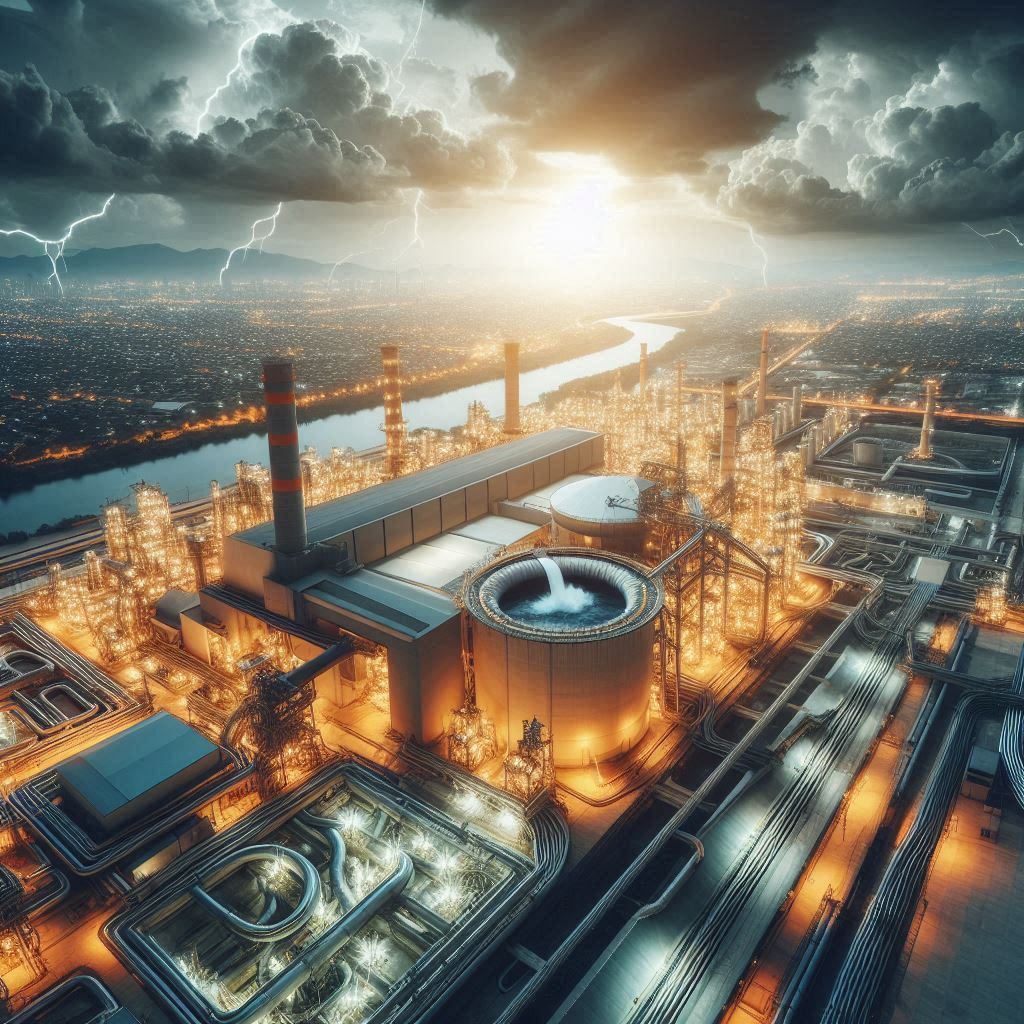
Powerful Manure and Organic Fertiliser in My Garden
[…] Healthy soil is a living system, not just a medium for plant roots. Manure introduces organic matter that feeds microbial communities. These microbes break down complex compounds into plant-available nutrients. Fungi form networks that extend root systems and improve nutrient flow. Bacteria fix nitrogen and suppress harmful pathogens. Earthworms digest organic material and excrete nutrient-rich castings. Their tunnels improve aeration and allow water to penetrate deeper. Manure increases the soil’s capacity to hold moisture. It reduces compaction in clay soils and adds cohesion to sandy soils. The result is a sponge-like matrix that supports root development. Organic fertilisers stimulate the production of humus, a stable form of organic matter. Humus stores nutrients and improves the soil’s ability to retain minerals. Manure contributes to aggregate formation, enhancing soil porosity. It buffers pH levels, creating a more neutral environment for plant growth. It supports beneficial nematodes and protozoa that regulate microbial populations. These organisms play a key role in nutrient cycling and disease suppression. In my garden, soil treated with manure has become darker, looser, and more fertile. The transformation is both visible and measurable. Organic matter is the foundation of soil health and resilience. Without it, the soil becomes lifeless and prone to erosion. Manure restores the biological integrity that plants depend on. […]